How to *design* something to look *natural*?
comelyhomely
3 years ago
last modified: 3 years ago
Featured Answer
Sort by:Oldest
Comments (34)
Mazsola
3 years agocomelyhomely
3 years agoRelated Professionals
Bridgeport Landscape Contractors · Peachtree City Landscape Contractors · Dedham Decks, Patios & Outdoor Enclosures · West Bloomfield Township Decks, Patios & Outdoor Enclosures · Woodland Hills Decks, Patios & Outdoor Enclosures · Cicero Landscape Contractors · Dallas Landscape Contractors · Las Vegas Landscape Contractors · Midwest City Swimming Pool Builders · Caledonia Interior Designers & Decorators · Magna Kitchen & Bathroom Designers · Highland Park Furniture & Accessories · Mill Valley Furniture & Accessories · Holliston Furniture & Accessories · Post Falls General Contractorscomelyhomely
3 years agolast modified: 3 years agoEmbothrium
3 years agocomelyhomely
3 years agolast modified: 3 years agomad_gallica (z5 Eastern NY)
3 years agocomelyhomely
3 years agolast modified: 3 years agocomelyhomely
3 years agolast modified: 3 years agogardengal48 (PNW Z8/9)
3 years agocomelyhomely
3 years agolast modified: 3 years agomad_gallica (z5 Eastern NY)
3 years agocomelyhomely
3 years agoeverdebz
3 years agoeverdebz
3 years agopartim
3 years agolast modified: 3 years agosuezbell
3 years agocomelyhomely
3 years agoeverdebz
3 years agolast modified: 3 years agocorlawatson
3 years agodebc25
3 years agocda1028
3 years agonolanirvana
3 years agoCheryl Radigan
3 years agolisedv
3 years agoacm
3 years agoeverdebz
3 years agolast modified: 3 years ago
Related Stories
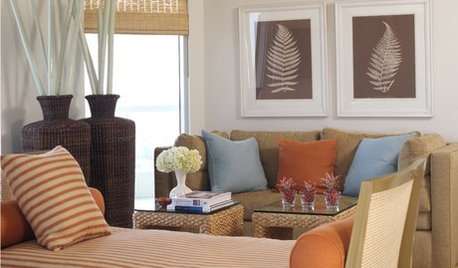
HOUZZ TOURSHouzz Tour: Visit a Condo Co-designed by Nature
This contemporary space forgoes bold Miami décor to embrace a soothing style that brings the outdoors in
Full Story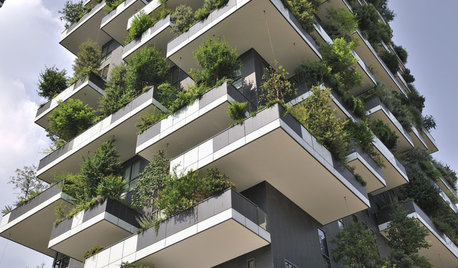
THE ART OF ARCHITECTUREWorld of Design: Trees Bring Nature to a High-Rise in Milan
Discover ‘the most beautiful and innovative skyscraper in the world’ — the foliage-filled Bosco Verticale — and tour one of its apartments
Full Story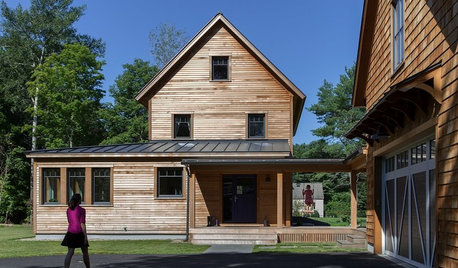
FARMHOUSESA Home Designed to Sustain Family, Community and Nature
This new Massachusetts farmhouse produces more energy than it uses, thanks to careful design practices and technology
Full Story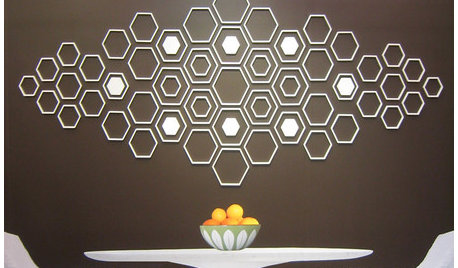
DECORATING GUIDESDesigning With Nature's Perfect Shape
See Why Hexagons Are a Great Fit for Walls, Floors, Furniture and More
Full Story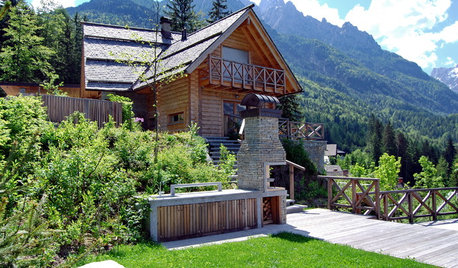
LANDSCAPE DESIGNStyle and Nature Come Together in a Slovenian Landscape Design
Natural plantings and local materials create a memorable outdoor experience in picturesque Kranjska Gora
Full Story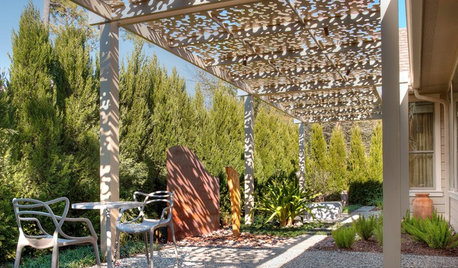
LANDSCAPE DESIGNLandscape Design Features Play With Natural Light
See 6 elements that can help your yard capture natural light and shade, from a carefully placed tree to a geometric fence
Full Story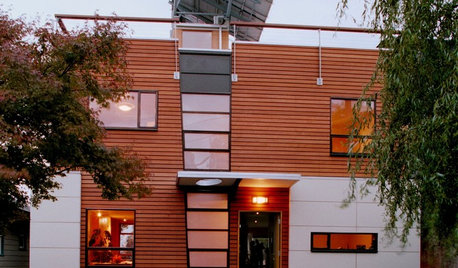
GREEN BUILDINGCity View: Seattle Design Reveals Natural Wonders
Love of the local landscape, along with a healthy respect for the environment, runs through this city's architecture and interior design
Full Story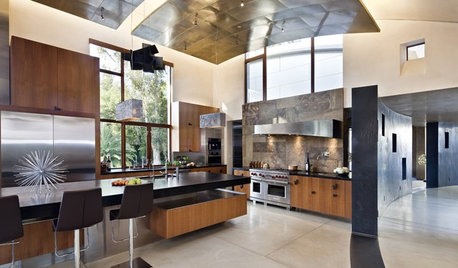
HOUZZ TOURSHouzz Tour: A California Home Designed by Nature
Bay Area's WA Design creates a stunning hillside home inspired by its unique building site
Full Story
FEEL-GOOD HOMEDesigning for Pleasure: Savor Your Natural Surroundings
Homes that allow us to experience the land, light, wind and water put us in touch with our primitive comforts
Full Story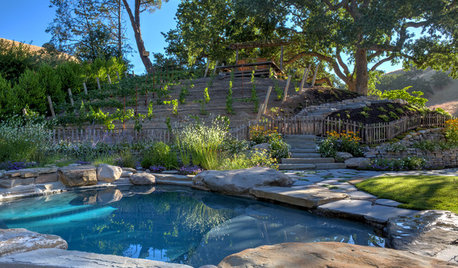
LANDSCAPE DESIGNNatural Boulders Enhance 4 Standout Landscape Designs
See how designers use large rocks to create timeless, one-of-a-kind designs
Full Story






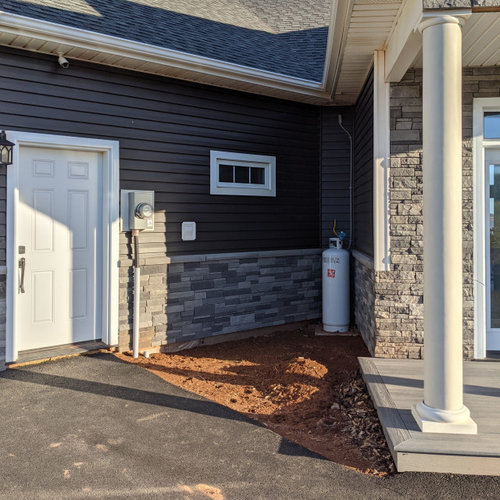

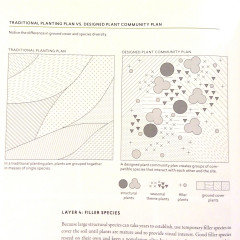




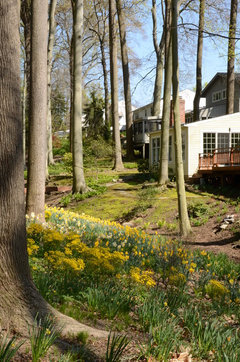


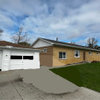

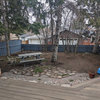

nickel_kg